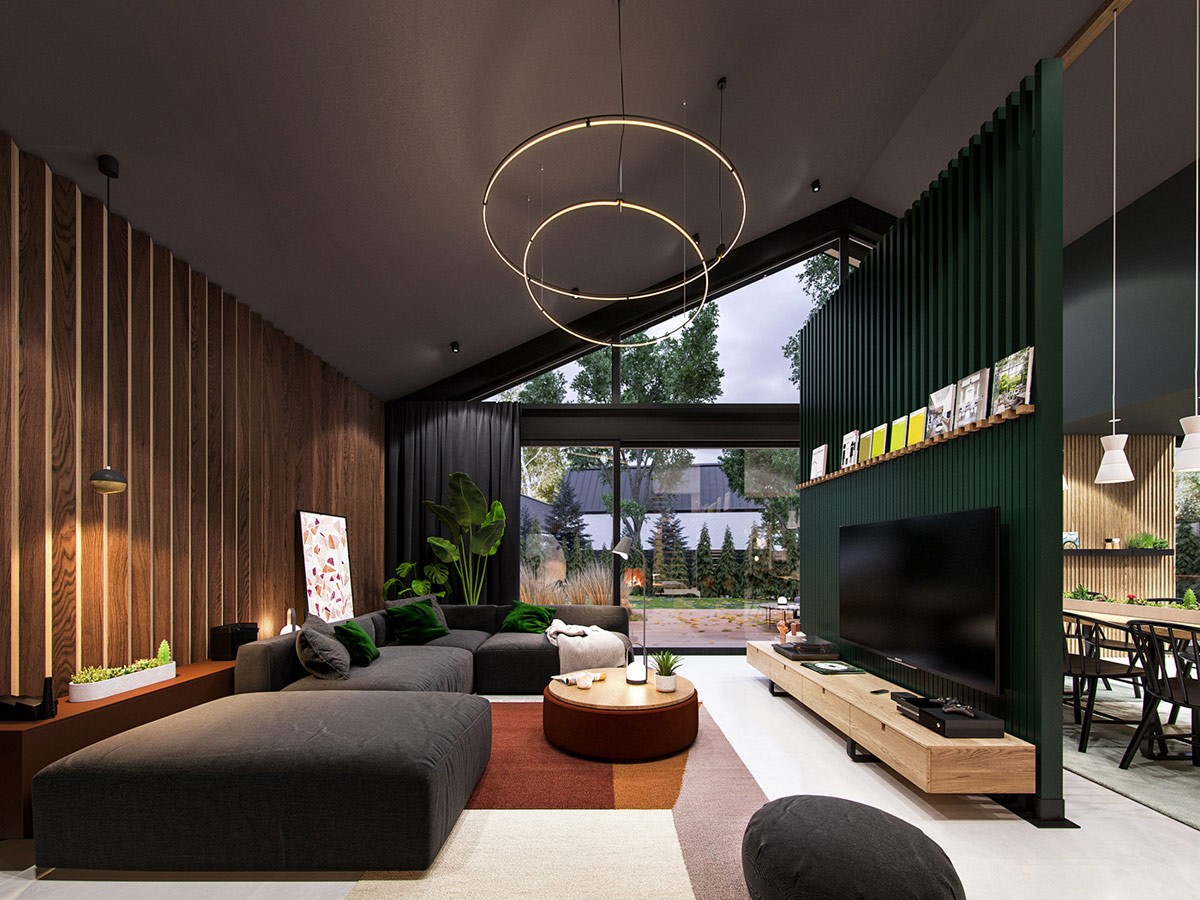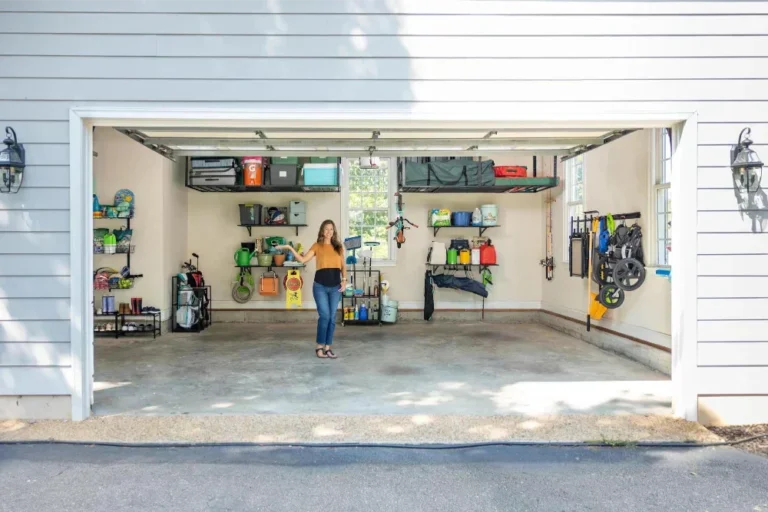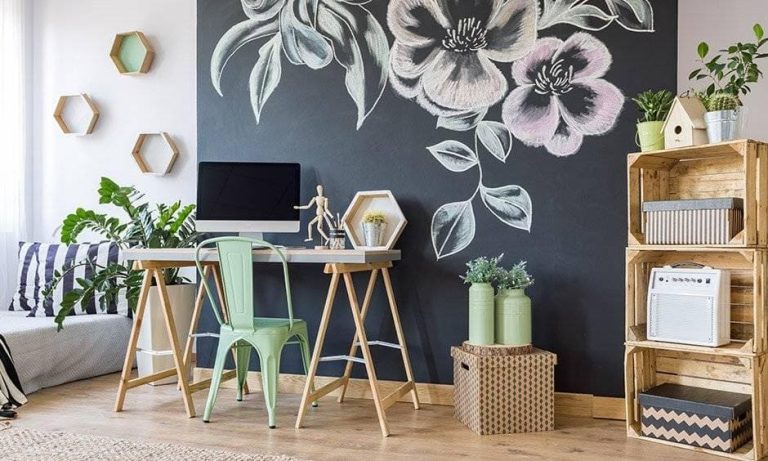When designing or refreshing your home, it’s easy to get caught up in the excitement of picking out the perfect furniture, colors, and accessories. Yet, many people often overlook some of the essential elements that transform a house into a home. These interior essentials are more than just design staples—they are the foundational pieces that can elevate a space from simply functional to truly spectacular. Whether you’re a seasoned decorator or a first-time home designer, understanding what’s missing from your home decor could be the key to unlocking its full potential. In this article, we’ll explore the must-have interior essentials that could be the missing link in your home’s aesthetic and functionality.
1. A Cohesive Color Palette
Color is one of the most influential aspects of home decor. It sets the mood, influences the perception of space, and even affects our emotions. A cohesive color palette, however, is often overlooked in the chaos of decorating. A well-curated palette ensures that the various elements in a room—furniture, textiles, wall colors, and accessories—complement each other, creating a harmonious and visually balanced space.
While it’s tempting to play with a wide range of colors, too many competing shades can lead to a discordant look. Ideally, your home should feature a primary color, a secondary accent, and one or two complementary tones. For example, soft neutrals like beige or gray can serve as a base, while vibrant accent colors—such as emerald green, mustard yellow, or deep navy—bring depth and personality. It’s important to maintain consistency throughout the space to avoid a chaotic or mismatched feel. Even if you enjoy vibrant pops of color, using them strategically, such as through throw pillows or artwork, can add vibrancy without overwhelming the senses.
2. Good Lighting
Lighting is often one of the most underrated aspects of home decor, yet it plays a crucial role in setting the atmosphere of a room. A well-lit space is not only more welcoming but also more functional. Whether it’s the soft glow of task lighting or the dramatic effect of accent lighting, having the right combination of light sources is essential for creating a well-rounded ambiance.
The key to achieving the perfect lighting is layering. Natural light should be prioritized, so make the most of windows and glass doors. For the evening, a combination of ambient, task, and accent lighting can provide both functionality and mood. Ambient lighting includes overhead ceiling lights or chandeliers, which provide general illumination. Task lighting—such as reading lamps, desk lamps, or under-cabinet lighting—focuses on specific activities and improves functionality. Accent lighting, like wall sconces or floor lamps, adds an extra layer of drama, highlighting architectural features or artwork.
Lighting also helps define the scale of a space. In smaller rooms, consider using light-colored lampshades and light fixtures to make the room feel more spacious. In larger rooms, bold and dramatic lighting can add personality and warmth.
3. Comfortable and Functional Seating
It’s easy to focus on aesthetics when selecting furniture, but comfort should never be sacrificed for style. Comfortable seating is one of the most essential elements of any home, especially in living rooms, lounges, or bedrooms where relaxation is the primary goal. A sofa or chair should not only look appealing but also provide adequate support and comfort for long periods of sitting.
When choosing seating, consider the scale and shape of the room. For smaller spaces, opt for sleek, space-saving furniture, such as a loveseat or a modular sectional that doesn’t overcrowd the room. For larger rooms, sectional sofas or armchairs can create cozy, conversational areas. Don’t forget to layer in soft throw blankets and cushions, which offer additional comfort and texture. An area rug beneath the seating can also help anchor the space and add a sense of warmth, especially in rooms with hard flooring.
4. Quality Textiles
Textiles are a subtle but powerful way to enhance the comfort and aesthetic appeal of a room. From curtains and throw pillows to blankets and upholstery, the textiles you choose can completely transform the atmosphere of a space. Quality fabrics not only contribute to the overall design but also add tactile richness and warmth.
Start with curtains or blinds, which are essential for both function and style. Sheer curtains allow natural light to filter in, while heavier drapes provide privacy and help insulate the room. Selecting the right texture—whether it’s linen, velvet, or cotton—can add dimension to a room. Throw pillows and blankets add comfort, color, and texture, making a room feel more inviting. Mix and match fabrics to create a balanced look, combining smooth and textured pieces for a layered effect. For a sophisticated touch, consider high-quality fabrics like silk, wool, or organic cotton.
5. Storage Solutions
Clutter can quickly undermine even the most beautifully designed spaces. Effective storage solutions are essential for maintaining both functionality and visual appeal. Without proper storage, your home can feel chaotic and disorganized, no matter how well-decorated it is.
There’s no one-size-fits-all approach to storage, but there are several strategies to consider. In living rooms, stylish baskets, ottomans with hidden compartments, and shelving units can help reduce clutter while maintaining a sleek appearance. In bedrooms, consider multifunctional furniture such as a bed with storage drawers or a stylish armoire that hides away clothes and linens. Kitchens and bathrooms can benefit from cabinets that make use of vertical space, while decorative storage baskets or open shelving can add charm and practicality. By integrating storage solutions into your decor, you’ll not only create a tidy space but also make it feel more organized and spacious.
6. Personal Touches and Artwork
While it’s easy to get caught up in trends and store-bought decor, your home needs personal touches to truly feel like your own. Wall art, photographs, travel souvenirs, and heirlooms are powerful ways to add meaning and individuality to your space. Personalization doesn’t necessarily mean filling every wall with framed photos; rather, it’s about finding ways to incorporate pieces that resonate with you.
Art is one of the most impactful ways to express personality. Whether it’s an oversized painting in the living room or a curated gallery wall in the hallway, artwork gives a room a focal point and enhances the overall design. Choose pieces that reflect your tastes and passions—whether it’s abstract paintings, vintage prints, or black-and-white photography. Beyond artwork, adding meaningful accessories such as family heirlooms, books, or decorative objects that tell a story can infuse warmth and character into your home.
7. Indoor Plants
There’s no denying the beauty of greenery in home decor. Plants breathe life into a space, adding a touch of nature that softens hard edges and adds color. Whether it’s a towering fiddle leaf fig in the corner of a room or a series of small succulents on a coffee table, indoor plants are an essential element for creating a more welcoming and vibrant atmosphere.
Plants also offer practical benefits, improving air quality and boosting your mood. The key is to choose plants that complement your space and lifestyle. If you’re new to plant care, opt for low-maintenance varieties such as snake plants or pothos, which thrive in most conditions. For larger rooms, consider a statement plant, like a palm or rubber tree, to anchor the space and create a striking focal point.
8. Mirrors for Light and Space
Mirrors are a deceptively simple yet powerful tool in home decor. Not only do they serve a practical purpose, but they can also enhance the aesthetics of a room. Mirrors reflect light, making a room appear larger and brighter, and they can serve as a statement piece in their own right.
In smaller spaces, mirrors can create the illusion of depth and open up a room, making it feel airier and more spacious. A large mirror above the fireplace, for instance, can amplify both light and visual interest, serving as a focal point while helping the room feel expansive. Decorative mirrors with interesting frames can add texture and personality to walls, creating a sense of style without overwhelming the space.
Conclusion
Creating a home that feels both beautiful and functional requires careful consideration of the essential elements that work together to enhance the overall design. From cohesive color palettes and effective lighting to personal artwork and comfortable furnishings, these interior essentials are the building blocks that transform a house into a personalized, inviting home. By thoughtfully integrating these elements into your decor strategy, you’ll not only improve the aesthetics of your space but also create an environment that reflects your personality, meets your needs, and enhances your quality of life. Don’t wait to make your home the sanctuary it deserves to be—consider these essentials and start transforming your space today.















